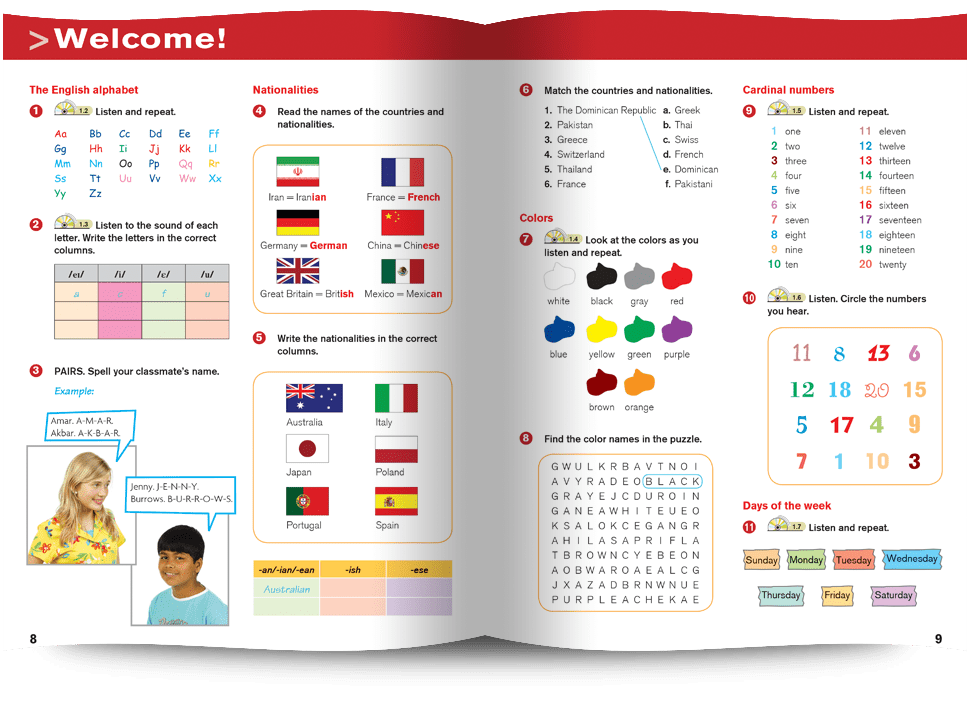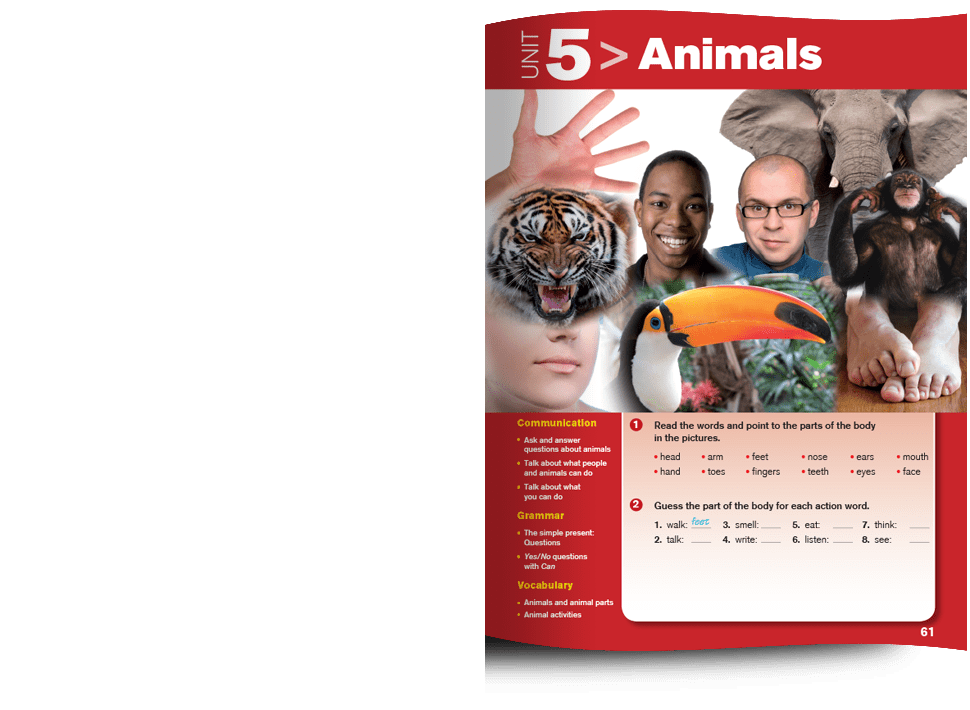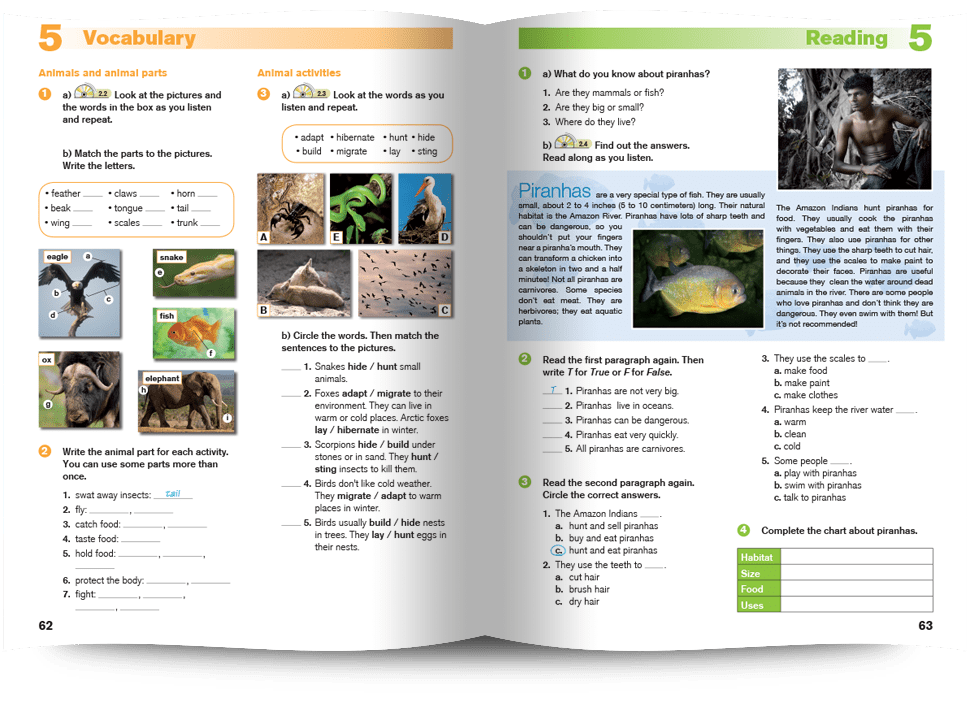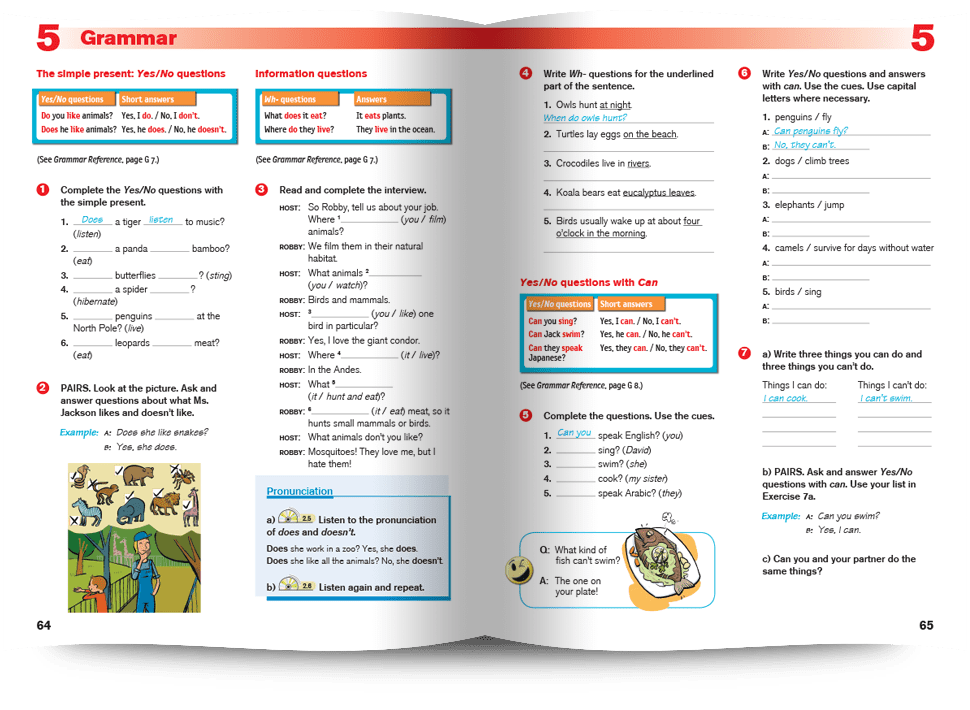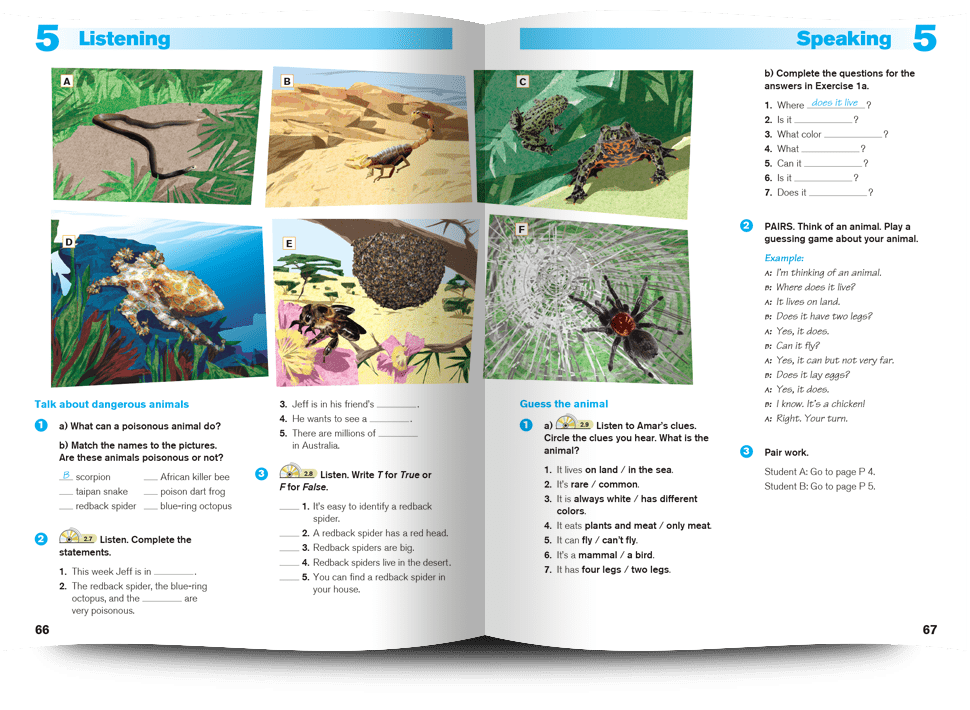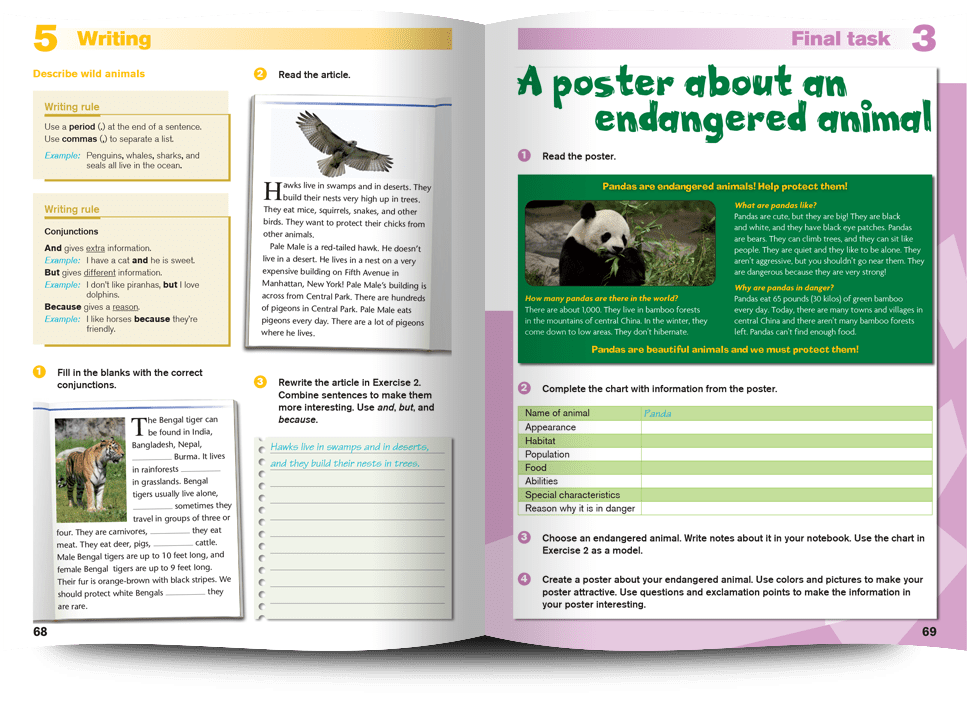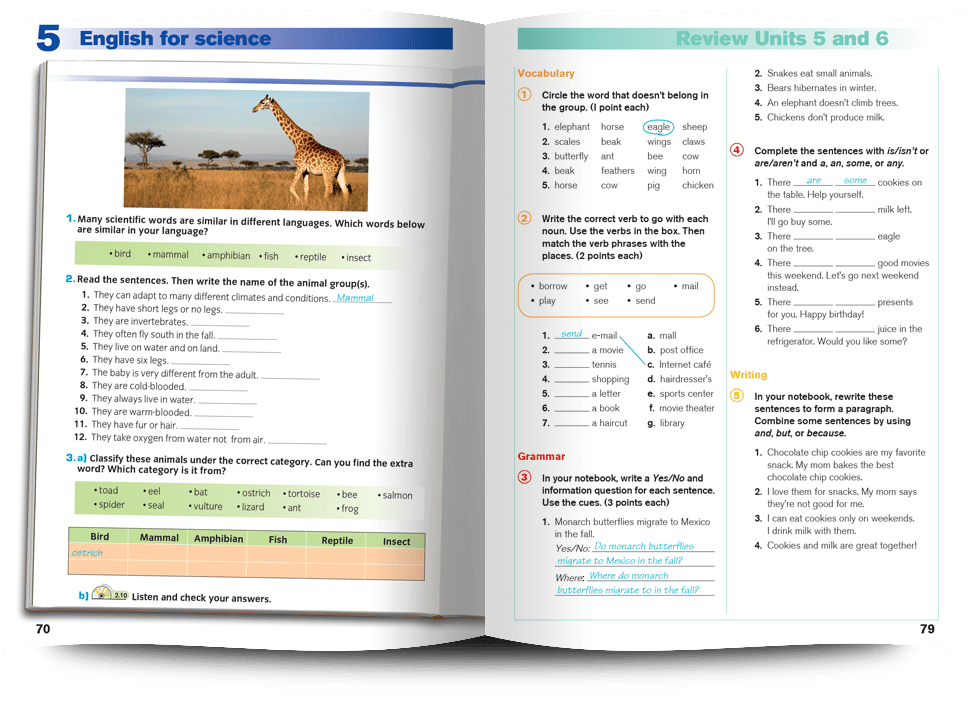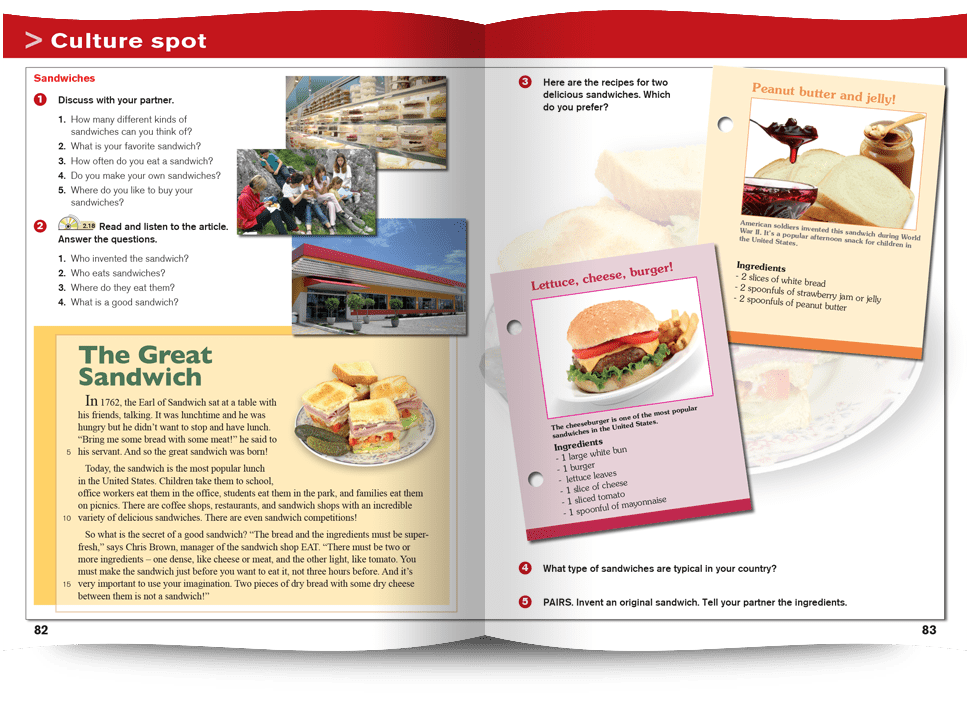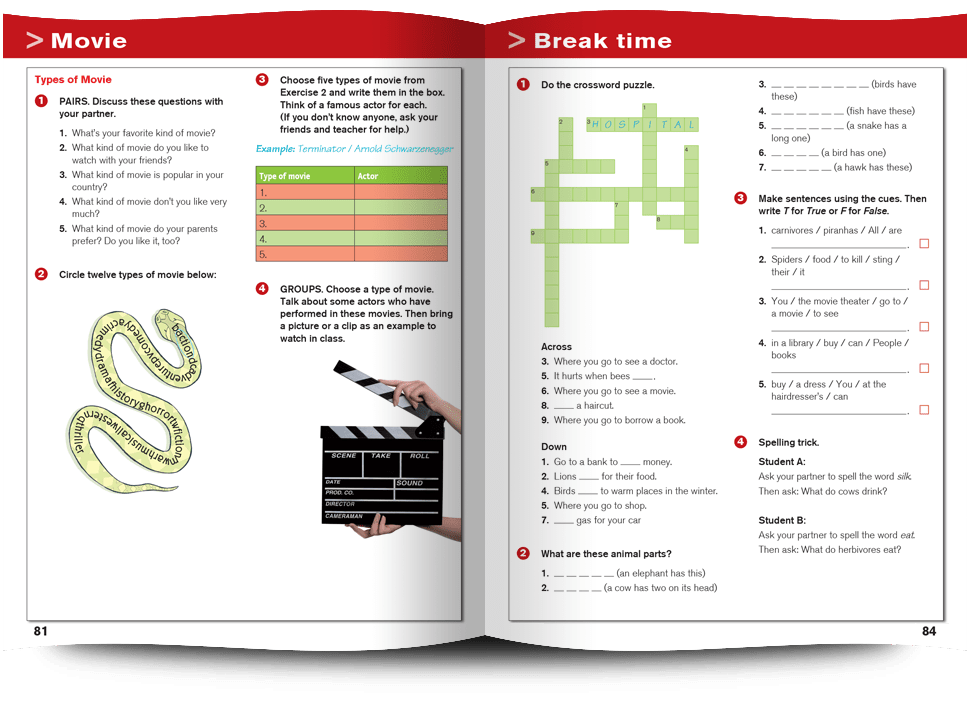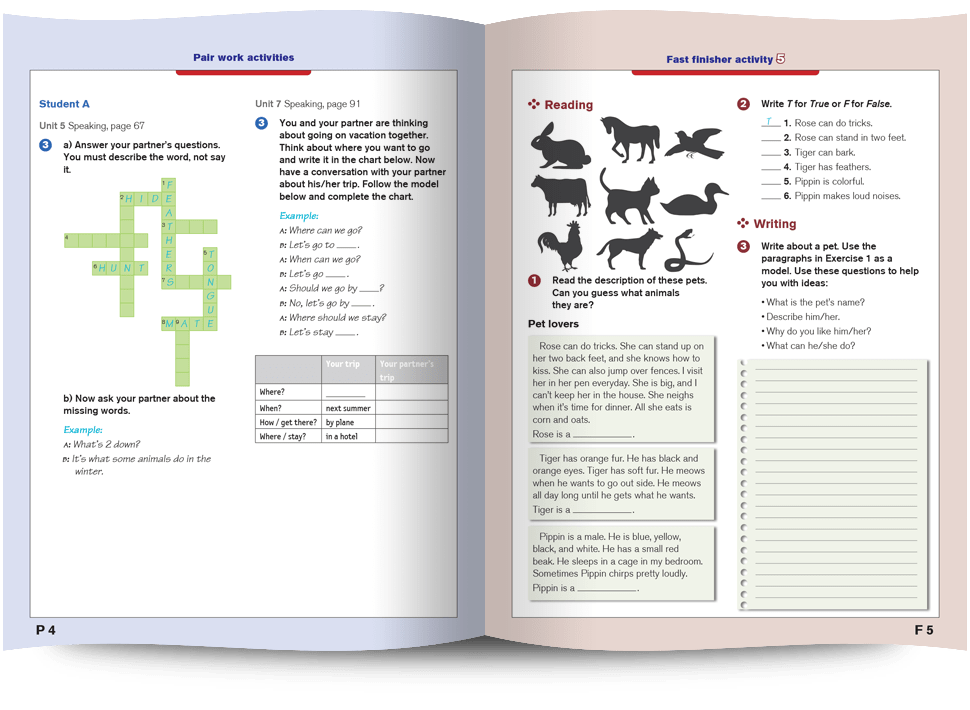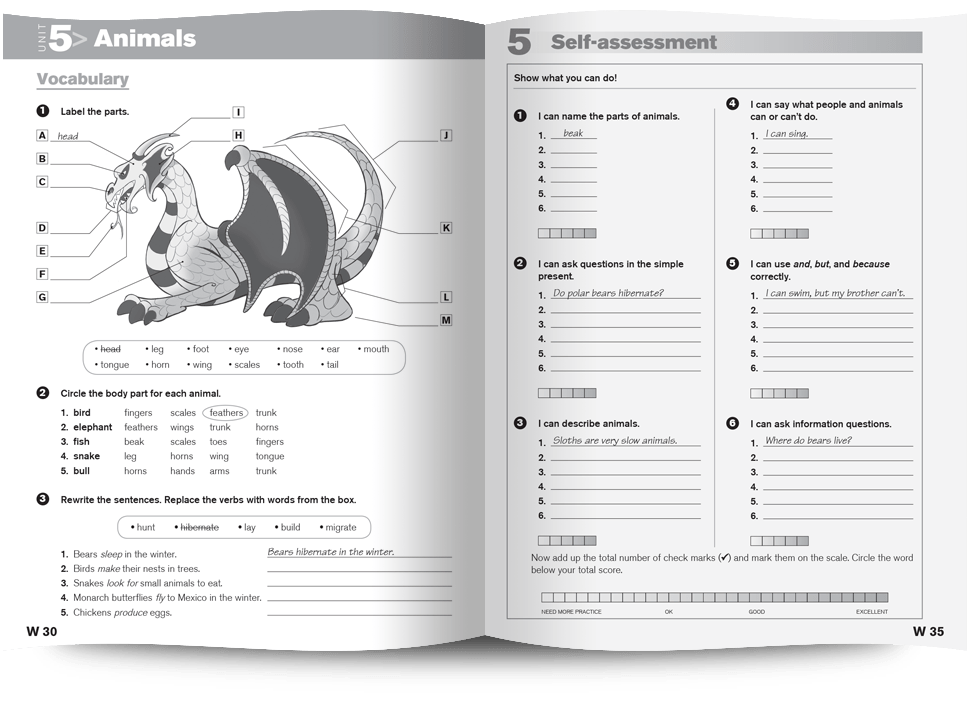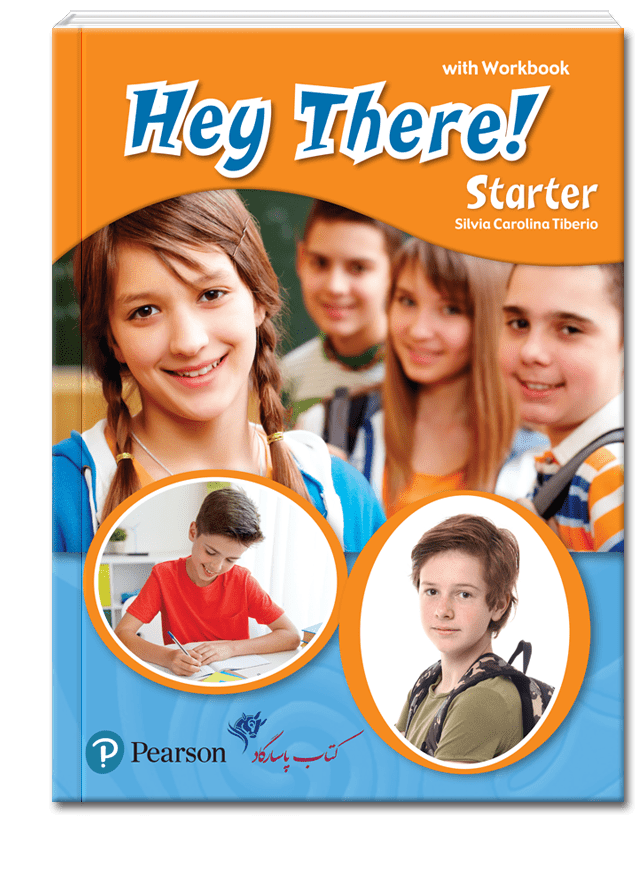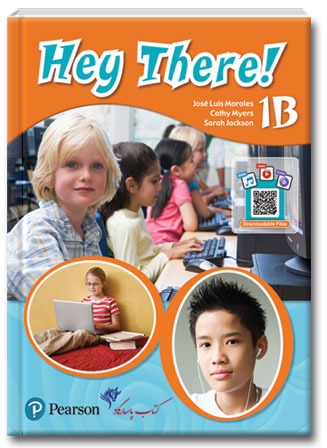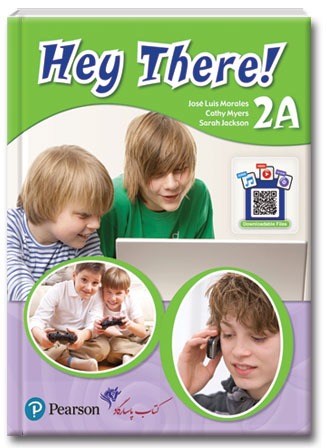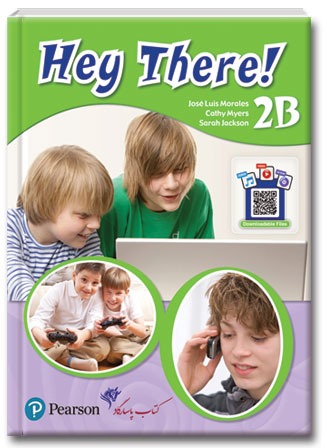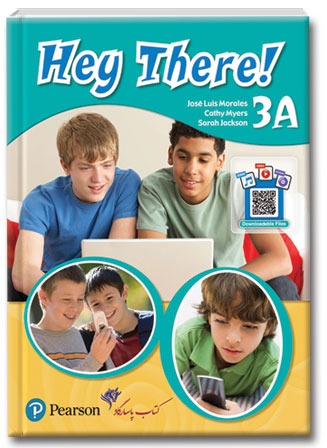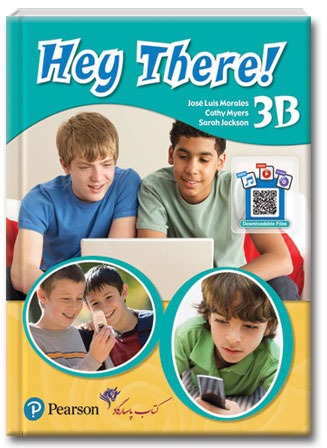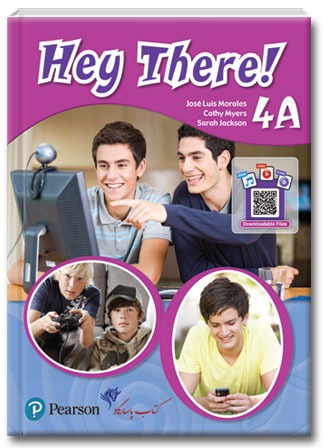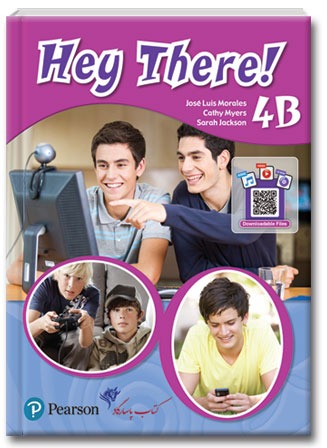


مجموعه !Hey There مخصوص رده سنی نوجوانان طراحی شده است و سطوح مبتدی تا متوسط را تحت پوشش قرار میدهد. انتشارات غزال جوان با کسب مجوز از انتشارات پیرسون_لانگمن اقدام به چاپ این مجموعه در ایران نموده و پرداخت حقوق پدید آورنده (کپی رایت) و خریداری فایلهای اصلی، علاوه بر برخورداری از کیفیت برتر در چاپ کتاب، امکان دسترسی به منابع آموزش لازم را فراهم میسازد.
تطابق فرهنگی این مجموعه با همکاری دفتر فناوری اطلاعات وزارت آموزش و پرورش صورت گرفته است. اصلاحات انجام شده در مجموعه !Hey There تحت نظارت انتشارات پیرسون_لانگمن انجام گرفته و هر کتاب دارای ISBN (شابک) این انتشارات نیز میباشد.
!Hey There دارای مجموعه کاملی از کامپوننتها به شرح زیر است:
- کتاب راهنمای معلم به همراه پوسترهای مربوطه و دیسک فشرده شامل تمرینهای اضافی
- نرم افزار قابل دانلود شامل تمرینهای اضافی خواندن، گرامر و لغات برای هر سطح
- فلش کارتهای الکترونیکی مربوط به هر بخش
- ویدئوهای طراحی شده برای هر سطح از مجموعه نرم افزار آزمونساز
- نسخه دیجیتالی کتاب برای استفاده در کلاس یا آموزش از راه دور
کتابهای اول، دوم و سوم مجموعه !Hey There با سطح A1 و کتاب چهارم این مجموعه با سطح A2 از Common European Framework مطابقت دارند. مهارتهای کسب شده توسط زبانآموزان در این دو سطح از CEF در جدول زیر نشان داده شده است.


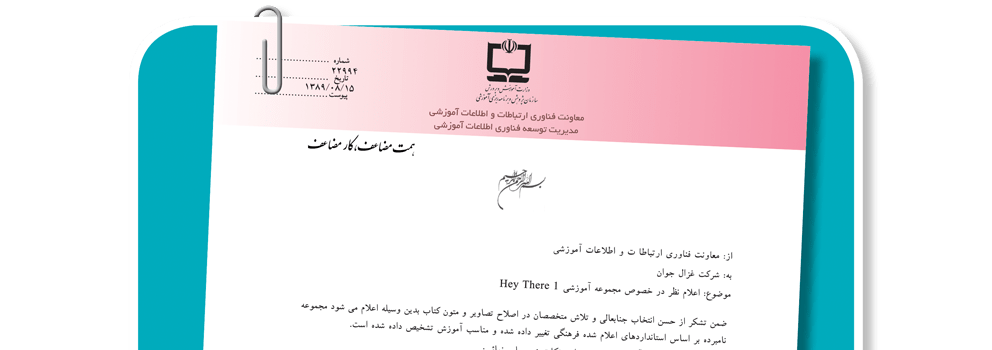
|
Focus
|
Lexile
|
|---|---|
|
Can understand sentences and frequently used expressions related to areas of most immediate relevance (e.g., very basic personal and family information, shopping, local geography, employment). Can communicate in simple and routine tasks requiring simple and direct exchange of information on familiar and routine matters. Can describe in simple terms aspects of his/her background, immediate environment and matters in areas of immediate need
|
A2
|
|
Can understand and use familiar everyday expressions and very basic phrases aimed at the satisfaction of need of a concrete type. Can introduce him/herself and others and can ask and answer questions about personal details such as where he/she lives, people he/she knows, and things he/she has. Can interact in a simple way provided the other person talks slowly and clearly and is prepared to help
|
A1
|

